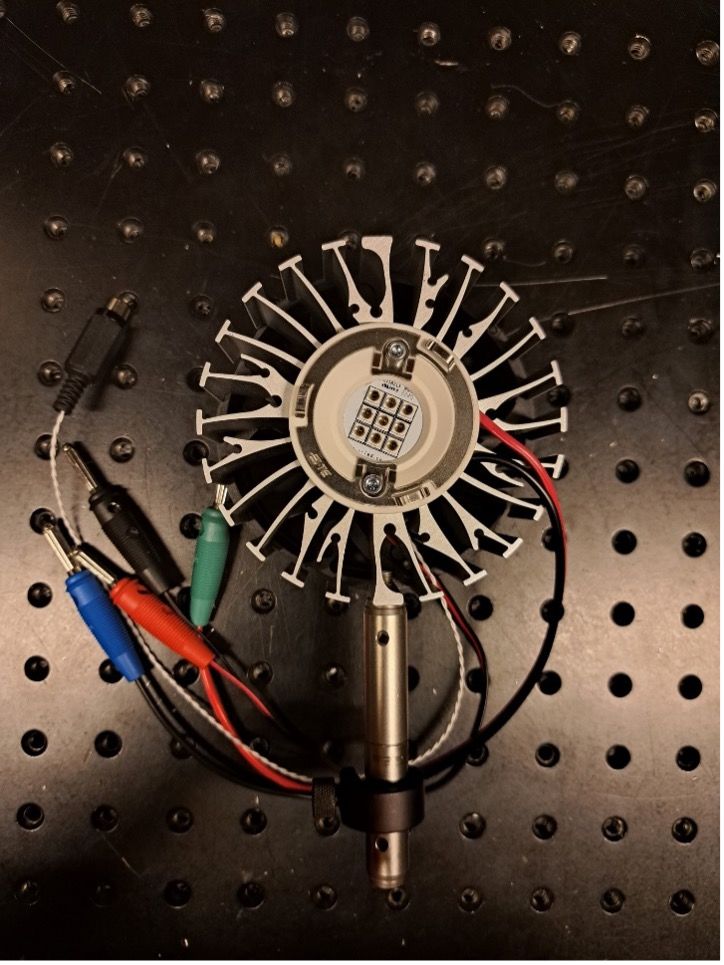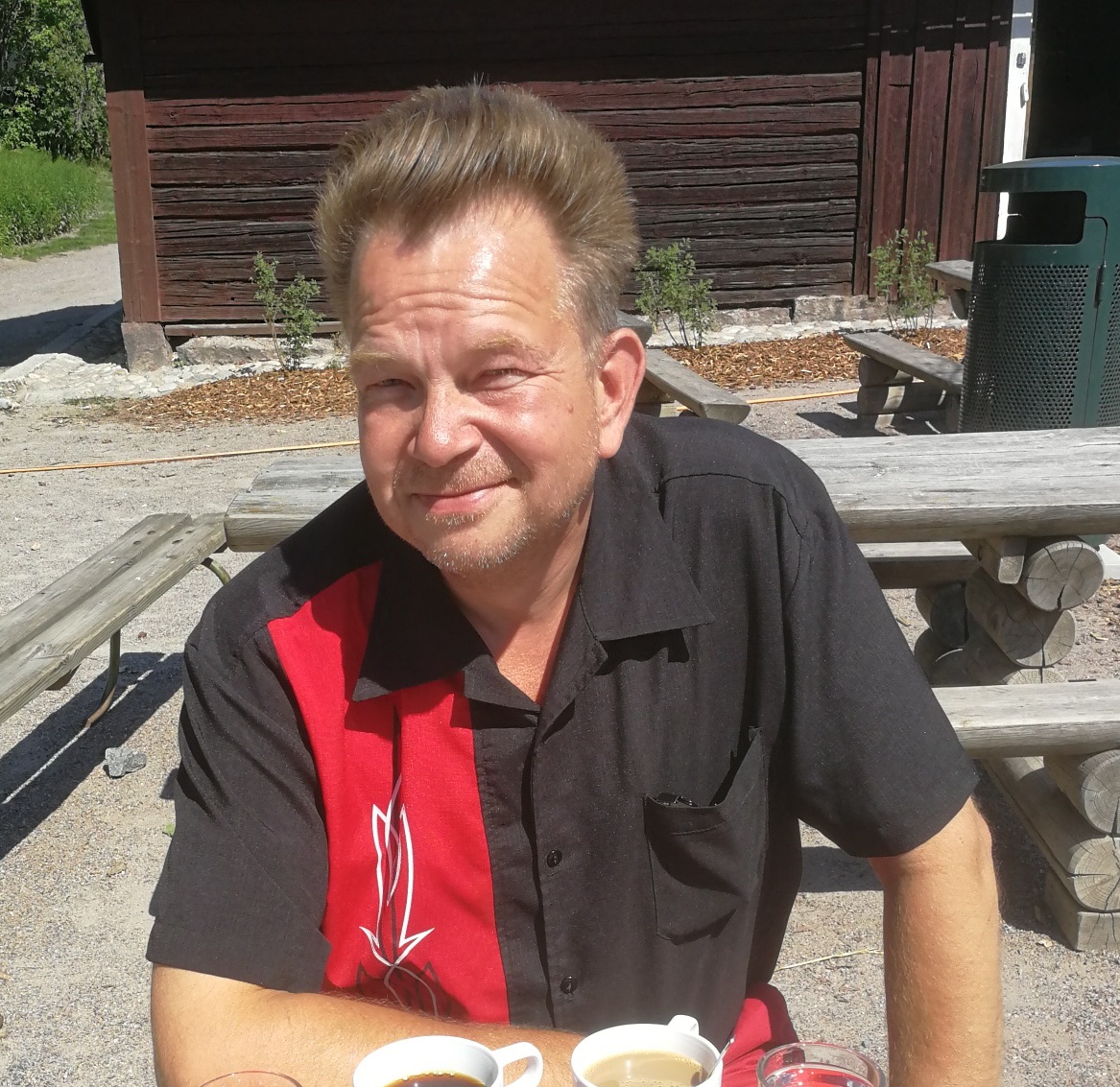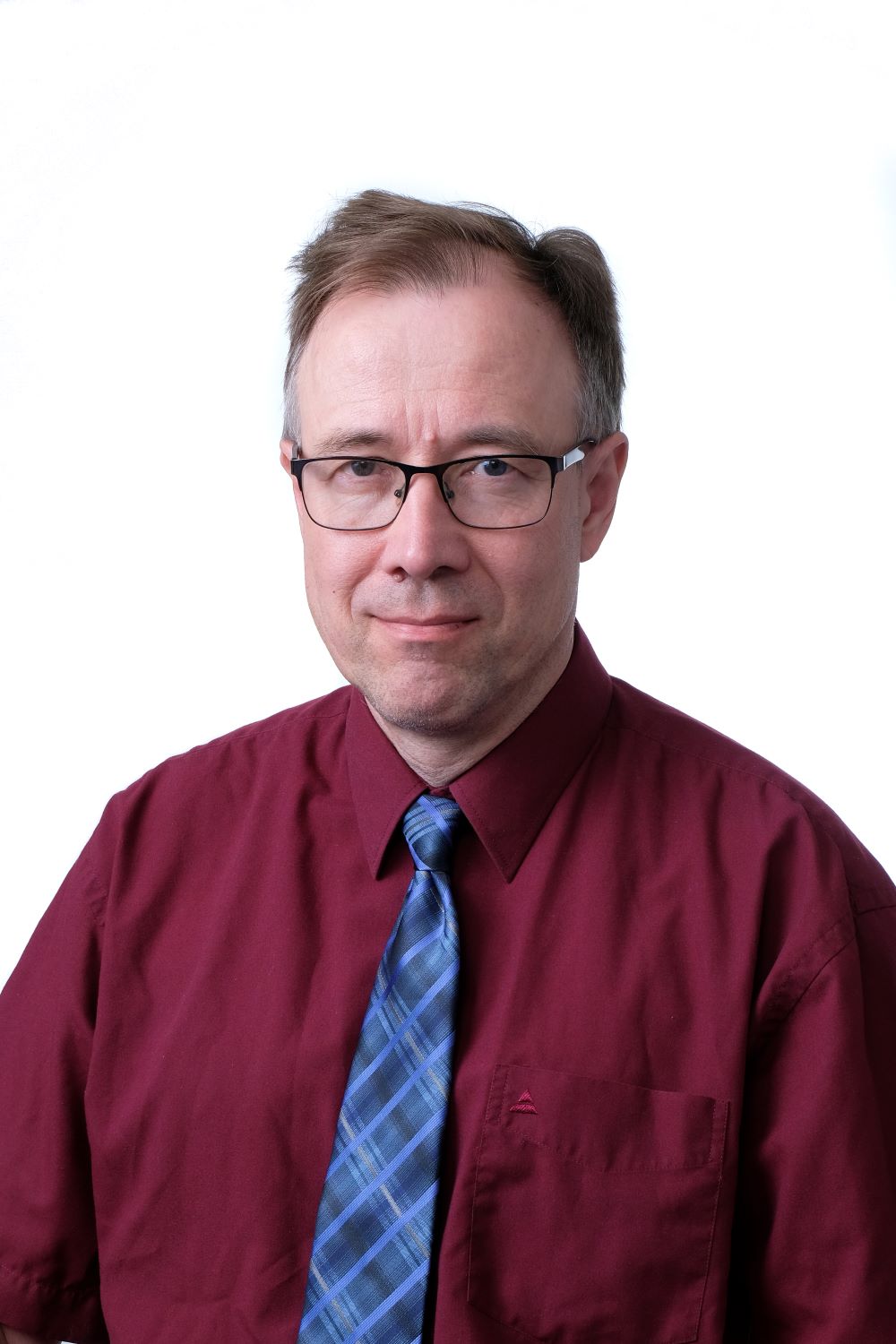Newstand (2023-2025)
The Project
Project Newstand, Coordinated by Dr. Saulius Nevas of the Physikalisch-Technische Bundesanstalt (PTB), Germany, seeks alternatives for incandescent lamps to be used in radiometric calibrations in the ultraviolet-visible-near infrared (UV-VIS-NIR) spectral regions. It is important to have an accurate understanding of the spectral irradiance of the optical radiation produced by light sources in a multitude of applications. For decades, the calibration of spectroradiometric measurement instruments has been realised using incandescent lamp based transfer standards but recently, their availability is diminishing due to a production phaseout of incandescent lighting products. This project aims to provide adequate and affordable replacement transfer standard light sources and alternative procedures for the detector-based transfer of the spectral irradiance unit. It also aims to establish an integrated European metrology infrastructure around this key radiometric unit.
Novel light sources
Aalto is the work package (WP) leader in WP1 developing new transfer standard sources for spectral irradiance in the ultraviolet-visible-near infrared (UV-VIS-NIR) spectral range. The new sources are built on novel technologies, such as narrowband and broadband LED sources, radiant dye-coated integrating spheres, laser-driven plasma light sources (LDLS), and white-light broadband lasers. As a new approach to creating transfer standard light sources, wavelength-tuneable narrowband light sources, with a sub-nanometre spectral bandwidth will be built as well. The new standard sources should allow dissemination of the spectral irradiance unit with transfer uncertainties as low as 0.5 % (k = 2).
On technical side, Aalto is building novel sources for UV calibrations based on arrays of high-power UVC LEDs at around 255 – 285 nm wavelength (Fig. 1), and a phosphor disk to broaden the spectral range up to 440 nm. The resulting light source will be tested for calibrations of spectroradiometers measuring solar UV.

Detector-based dissemination of spectral irradiance
One novel approach in the project is to test whether spectral irradiance calibrations could be distributed to clients using an array-based spectroradiometer instead of a lamp. Aalto will take part in this activity by calibrating spectroradiometers for customers in Nordic countries and studying the useability of their spectroradiometers for this intended use.
Intercomparisons and field test campaigns
It is hard to demonstrate useability of the novel sources without proper testing, thus, all the sources developed will be demonstrated in field campaigns. Laboratories taking part in the field campaigns can measure the sources and take traceability from them. Intercomparisons are also needed to demonstrate useability. The sources for UV-VIS-NIR regions will circulate among partners who calibrate them. Results will be compared to study stability and repeatability obtained. Aalto is in charge of running and analysing the campaigns and comparisons in the UV region.
More information on the project is available in the project web page.

Petri Kärhä

Erkki Ikonen
- Published:
- Updated: